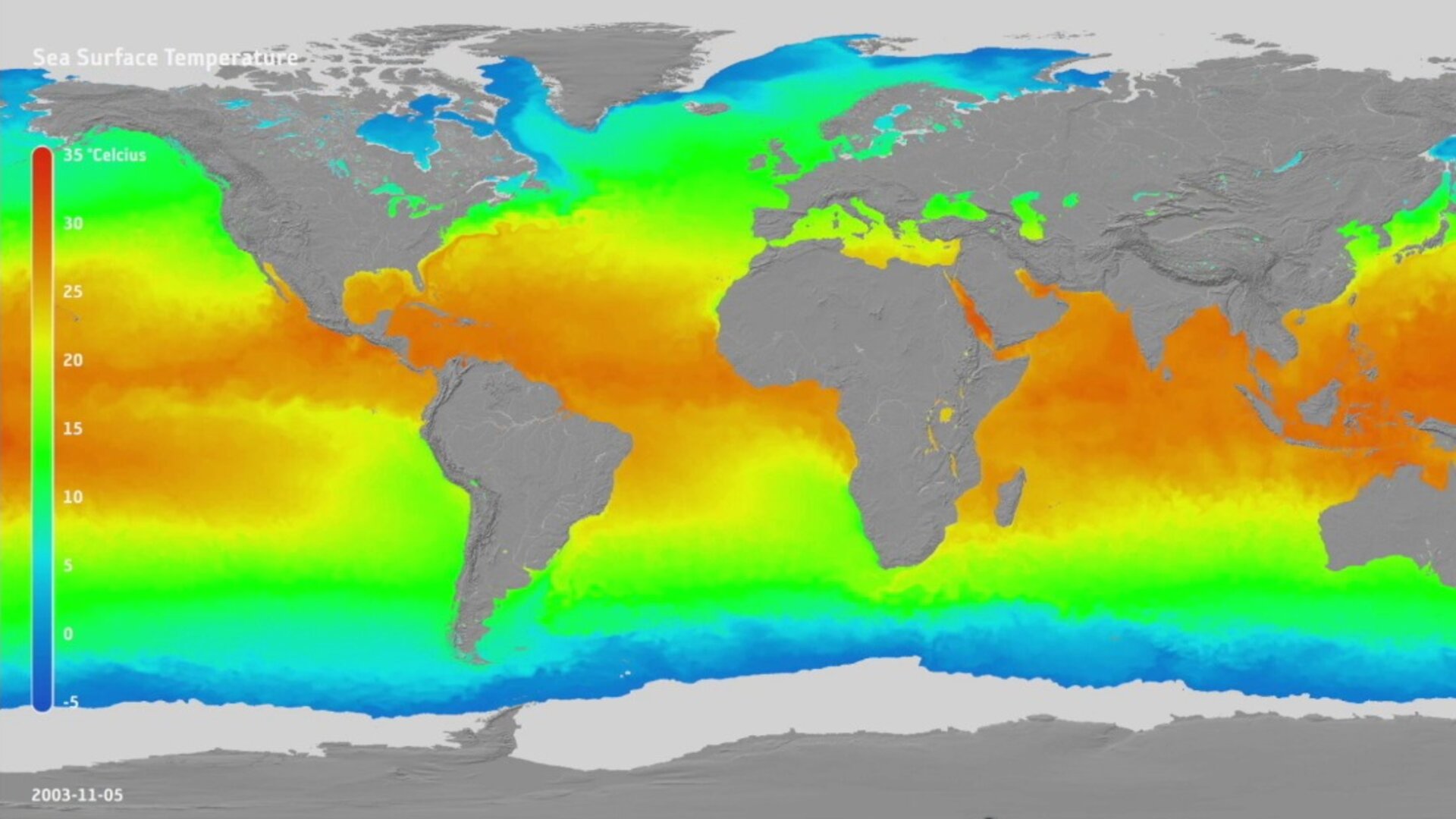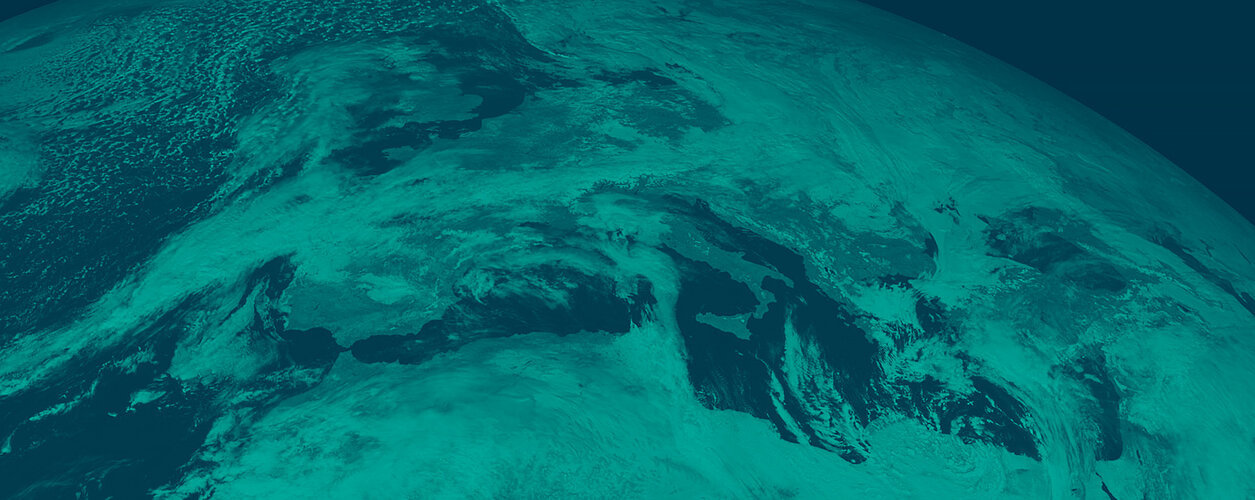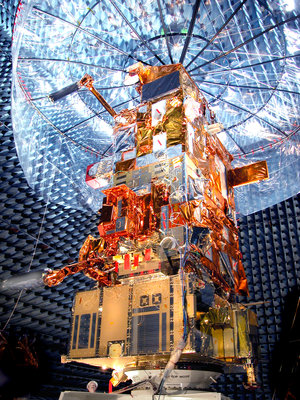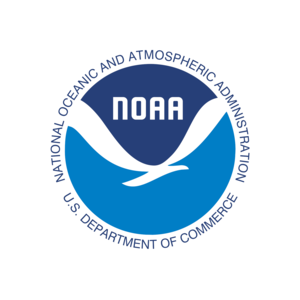Why we need MetOp
The weather governs many aspects of the way we live. As well as having an influence on public health and our general well-being, weather conditions have a direct impact on numerous sectors of the economy such as agriculture, business, industry, transport and tourism. Take for example how heavy snow can bring the transport system to a standstill, how a heat wave increases the demand for water or how an extreme event such as a hurricane can bring about widespread devastation.
The economic and social benefits of accurate weather forecasts are huge; they allow us the time to prepare and make decisions, whether it be harvesting a crop before it rains, gritting the roads to prevent accidents, routing air traffic to avoid adverse conditions or simply planning day-to-day activities. In the extreme, knowing that hazardous weather conditions are on the way can save human life and property.
In fact, severe weather poses one of today's biggest challenges as the damage caused by weather-related natural disasters is becoming increasingly significant. Since the apparent rise in the incidence of severe weather events is thought to be linked to a changing climate, it is crucial that we continue to further our understanding of the Earth system and its processes, enabling us to better predict the effects a changing climate may bring.


Access the video
Satellites have contributed largely to the enormous improvements in the accuracy of weather prediction and our understanding of climate over the last 40 years. These observations have been made by a series of geo-stationary satellites, including the European contribution provided by Meteosat and now MSG, and by polar-orbiting satellites.
Polar-orbiting satellites orbit at a lower altitude – typically 800 km compared with 36 000 km for a geostationary satellite – and can observe Earth in closer detail. The USA has been providing polar-orbiting satellite services, vital to meteorology, for more than 40 years.
To contribute in this area, Europe entered into a cooperative venture with the USA. The European contribution through the Eumetsat Polar System (EPS) is providing yet more precise observations to improve weather and climate forecasts. The field of satellite meteorology entered a new era with the launch of MetOp-A in 2006, the first in a series of three polar-orbiting satellites that form the space segment of the EPS.









